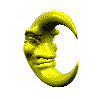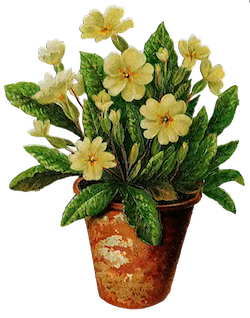On programs, very easy to recommend.
The crem-de-la-crem is
Aseprite. I highly recommend as well. Mostly because it feels good and it has extensions so you can do things not built into it. And
if you compile it yourself you can get it for free.
If that isn't to your tastes for whatever reason there is also
Graphics Gale (also free), though in my opinion it's a bit
too dated to the point of it being kinda stiff. But maybe you'd like it better. Similar features, plus you can export cursors directly from it if you ever wanted to do that.
If you have an iPad and an Apple Pencil, I VERY highly recommend Pixsquare. I use it all the time. All of the pixel art on my site that I did was done in it (the lantern cursor and the Tabe4 + site button is all I have uploaded which maybe isn't the BEST example because two of those were when I was starting out lol

) I've used it twice now in my classwork. Has never let me down. It's worth the price in my opinion, though high. Though again, only if you already have an iPad and Apple Pencil to use with it.
On techniques, that really depends in my experience on how much art experience you already have. For example, a lot of pixel artists who exclusively do pixel art will say that you need to block things out with sillouettes and then fill it in from there but I find that, because I already came into it with the background of having done regular drawings, sketching things out in a more traditional fashion first and then going in with lines and all that works just as well if not better because I can see what detail is what. It also probably depends on the style. I can't really say like, how you should go about it because I don't know you or how you work if you're starting from ABSOLUTE zero knowledge when it comes to pixel art.
I will say one thing though, and it might be pretty obvious, but the thing with pixel art that can either make it really fun or really frustrating is you have to convey a certain level of information with it that it LOOKS like thee thing you're trying to portray, but also still fits within the dimensions. Which sounds like a no-brainer but I mean like... what I'm getting at is you're working with limited space and you have to use that limited space to it's fullest potential.
And speaking of fullest potential, shading is amazing. It can take something that looks boring and bland and make it pop. Definitely get a basic idea of how to shade and such. There are like, tons of tutorials on how to do it specifically for pixel art online from all sorts of people so you're bound to find one that conveys it in a way that works with you.
Also, turn on "Pixel Perfect" or whatever it is called in whatever program you choose when you are drawing lines. You'll probably find this pretty quickly, but it basically makes it so the squares don't bunch up together when you're placing them down. Night and day difference, makes your pixel art look a lot less amateur. And you only really should turn it off if you're filling in a bunch of color or something.




 Posts & Arts: 45/1k.beats
Posts & Arts: 45/1k.beats

 Are u having fun??
Are u having fun?? 










 Author
Author












